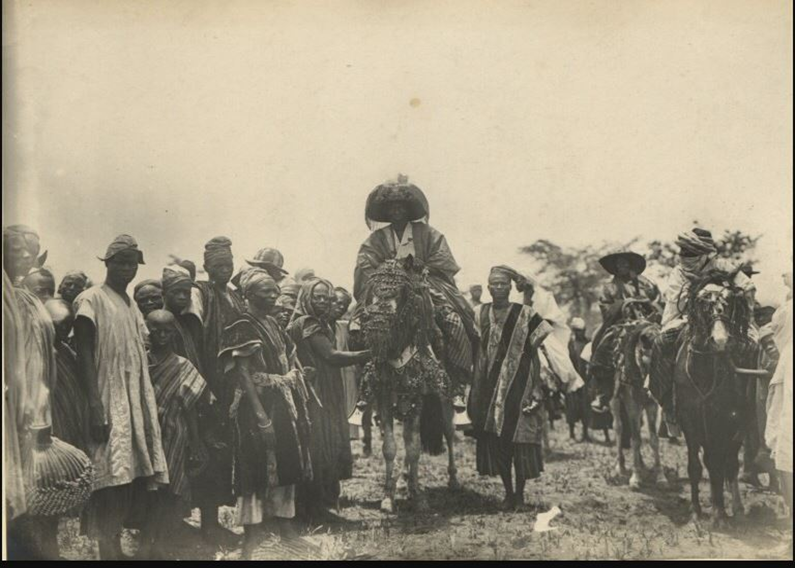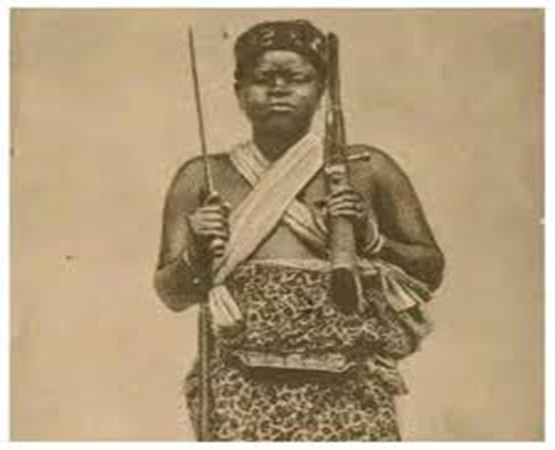Alaafin Ajiun Orompotoniyun,usually called Orompoto, was the first and only female Alaafin of Oyo. She ruled the Oyo empire in the 16th century, speculatively from 1554 to 1562.
In the 1500s, the Oyo Empire was one of West Africa’s greatest powerful, strong, spiritual and deeply traditional regions. But even in that patriarchal system, one woman rose to the throne and ruled with unmatched brilliance.
Orompoto was the daughter of Alaafin Ofinran and granddaughter of Alaafin Onigbogi, both powerful rulers of the old Oyo Empire.

When her brother, Alaafin Eguguojo, passed away without a male heir, the royal line faced a crisis. The kingdom needed a ruler and Orompoto, though a woman, had both the courage and wisdom to step in.
At first, she ruled as a regent, helped drive the Nupe from Oyo in 1555 after a protracted battle, managing the affairs of the empire until a male heir came of age. But as challenges mounted and enemies threatened the stability of Oyo, she did what no woman had ever done, she claimed the throne outright, becoming Alaafin Orompoto, the first female monarch of Oyo.

Orompoto’s bold move didn’t sit well with the Oyomesi, the council of elders who advised the Alaafin. To them, she was breaking the very fabric of Yoruba custom. However, she proved her worth.
According to Yoruba oral history, she was popularly known as ‘the custodian of the vagina that kills evil plots’ because her tactful and skillful reign as ruler and commander. She was also known for her use of horses in military combat because she was a skilled rider herself. In 1557, she went as far as Timbuktu to import horses for her renowned cavalry and employed 1000 archers on horseback to shoot the enemies with poisoned arrows.

Legend has it that she cut off her breasts and wore men’s clothes for the Oyo Mesi to accept her as Alaafin.
Orompoto was said to have moved her warriors to attack enemies by keeping her foot soldiers in front and the calvarymen behind, with broad leaves tied on the horses’ tails to sweep the ground after them and cover their trails. Her victory at the battle of Illayi is also a tale widespread in Oyo.
She is said to have died in battle, one of the few Alaafins to have actually died in combat.
Centuries later, Orompoto’s legacy still echoes through Yoruba oral history not just as a ruler, but as a revolutionary. She proved that leadership is not bound by gender but by vision, courage, and conviction
By: Idris Olayinka

